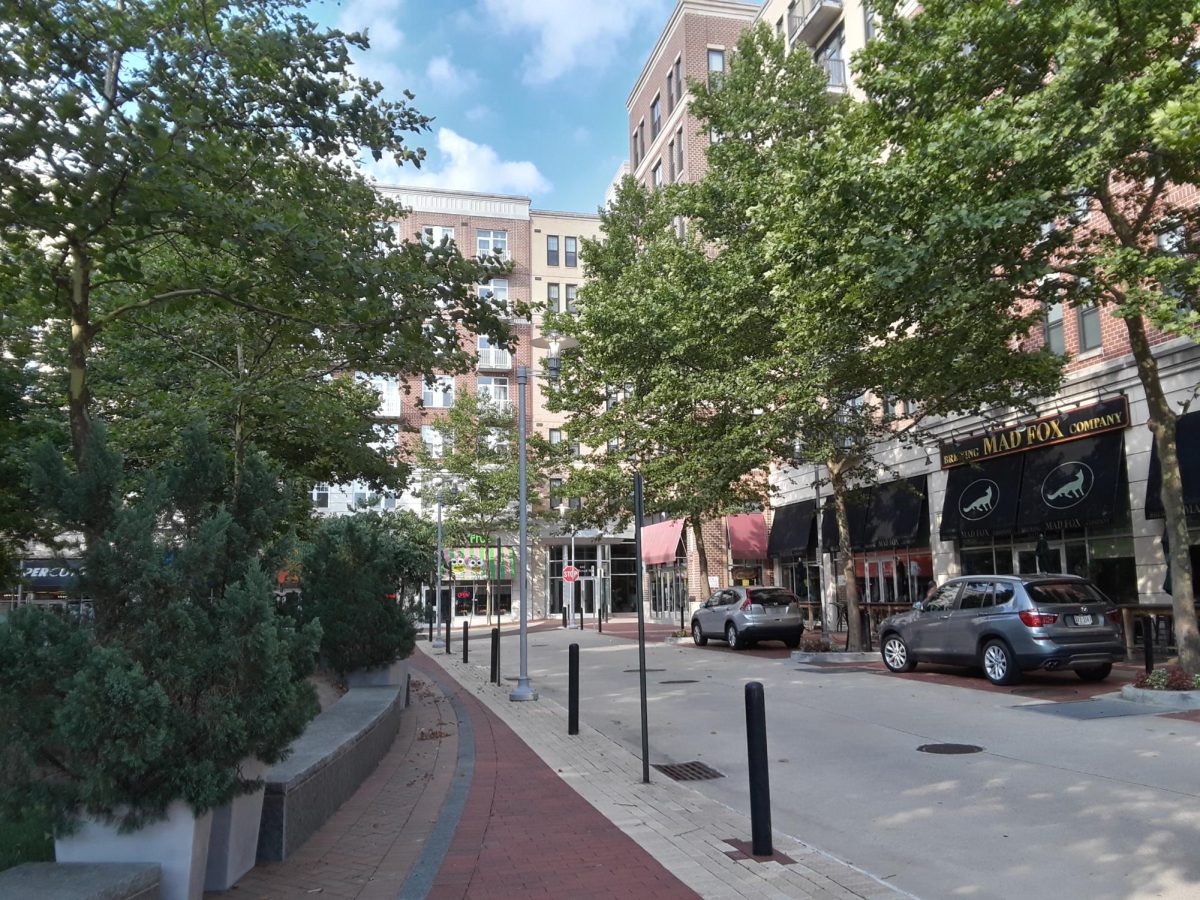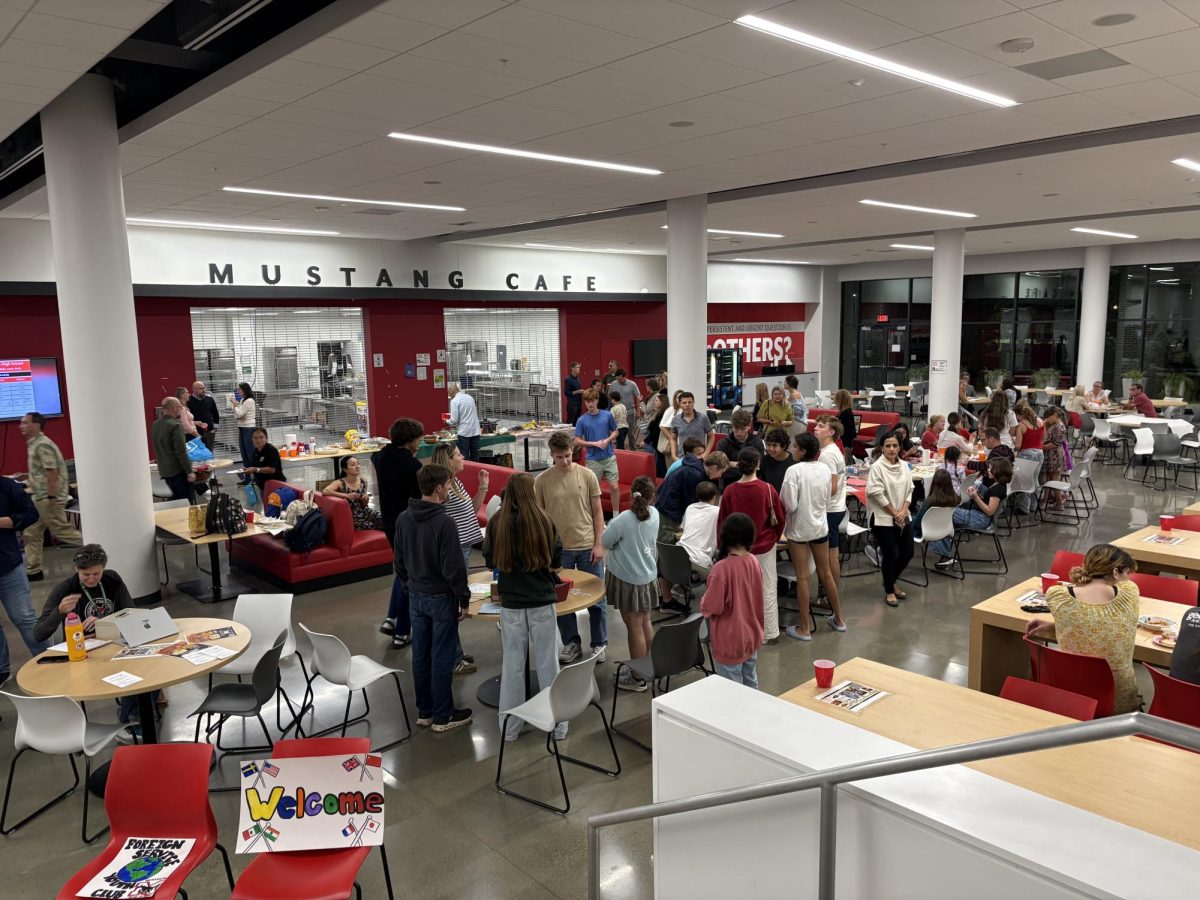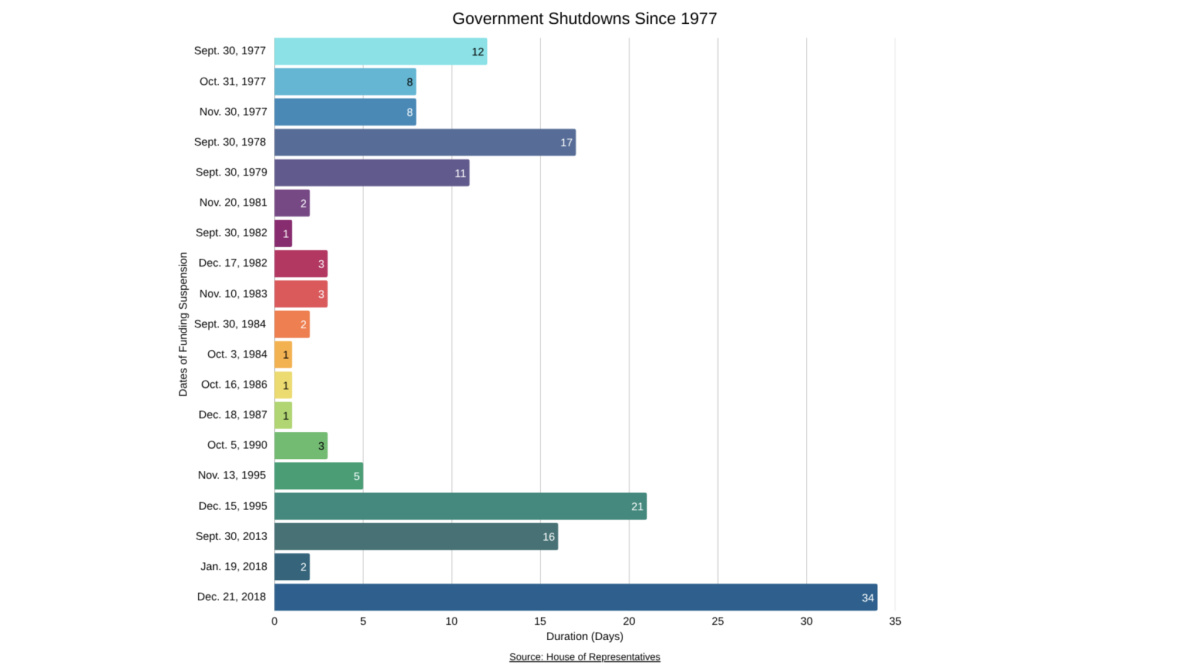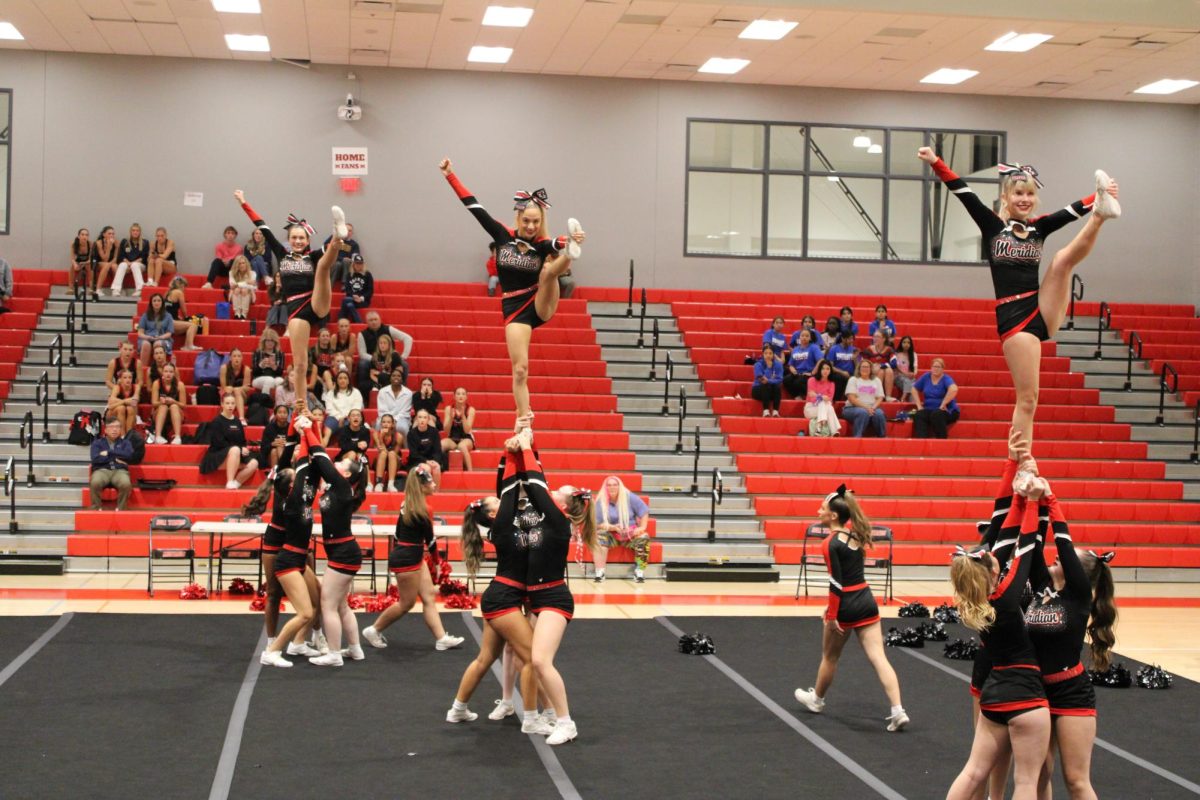The Falls Church City Council recently voted to lower the real estate tax rate in fiscal year 2025 by two cents, to $1.21 per $100 of assessed value. This fall in the tax rate has been made possible partially by the massive increase in tax revenue provided by recent mixed-use developments throughout the city.
Mixed-use developments include housing as well as commercial development. Housing in mixed-use developments is generally apartments and condominiums, which are much more space-efficient than single-family housing, which is crucial to solving the housing crisis.
These developments emerged in Falls Church in 2001, when the zoning code was altered to contain a special exemption process, allowing for residential spaces to be built above commercial development.
The Broadway at 502 W. Broad St. was the first building to be constructed under this process, followed by the Byron and Read buildings at 513 W. Broad St. and 402 W. Broad St. respectively.
While the Pearson Square development lost money for the city as a result of the massive costs incurred by families with school-aged children moving in, later developments in the 2010s, such as Northgate and 301 West Broad resolved this problem. Having much stricter limitations on bedrooms, they produced far fewer students, creating a much greater windfall for the city.
Despite the decrease in the tax rate, the median homeowner’s real estate tax bill will still increase by $271, as a result of the major increase in property values, with a 5.33% increase between January 1, 2023 and 2024.
The Little City has always been valuable – its acclaimed public school system has drawn people from across the country. However, the current rise in property values can be attributed to more than just exclusivity. According to the Falls Church Real Estate Assessment Office, new construction is responsible for 19.4% of the increase in assessed value.
Recently, large-scale, mixed-use projects have been springing up across the city at a rapid pace, with Founder’s Row II, West Falls, Broad & Washington, and the Quinn-Homestretch senior living facility currently at various stages of development.
According to the City’s Mixed-Use Development Fiscal Impact Report, by 2020, mixed-use developments provided the city with over four million dollars in annual revenue.
Businesses, especially restaurants, are lucrative for the city due to the taxes imposed. New commercial construction has been responsible for two-thirds of the value of new developments over the past year.










